Content Strategy: 5 Goals To Set For Your Brand in 2024
When we talk about content for marketing, we often think of advertising – selling a product or service. Of course, these are vital but are they the only areas of focus? Far from it! The truth is that content marketing goes beyond sales pitches and promotional tactics. It is about creating the brand’s narrative to educate, entertain, and engage the target audience.

Of course, to head in the right direction, you should know where you are headed, obviously! In other words, to build a robust content strategy to achieve these results you should clearly lay down your content marketing goals. So, what are these content strategy goals that brands around the world work toward? What types of content can you create to achieve these goals? Let’s find out!
- 5 Goals to Propel Your Content Strategy in 2024
- 1. Building brand awareness – the key to getting noticed
- 2. Boosting brand recognition – carving a niche for your brand!
- 3. Driving more website traffic – navigating the competitive web landscape
- 4. Generating leads – turning interest into opportunities
- 5. Generating more sales – convert engagement into revenue
- Refine Your Content Strategy With a Strong Plan For Your Visual Content
5 Goals to Propel Your Content Strategy in 2024
1. Building brand awareness – the key to getting noticed
According to Semrush, about 49% of agencies prioritized establishing brand awareness as the primary goal in their content strategy for 2023. Because in a competitive space, your brand cannot be just another name in the market. It should have a solid identity that your target audience is familiar with.
Awareness is key to recognition and eventually trust. So, yes, it all begins with your content strategy accommodating content that helps build brand awareness.
Now the question is how do you create content that establishes brand awareness? Start by identifying and understanding your target audience and finding the most effective way to communicate your brand’s unique selling point to them.
Tips to create content that builds brand awareness
In terms of the web and SEO, we could state that aligning your content strategy with building brand awareness begins with creating content that ranks well in search so that your brand gets discovered. Blogs and infographics are useful content types that help your brand get noticed in traditional and image search.
Other than that, you need strong visuals to build awareness through digital and offline channels. These visuals should clearly define your brand’s unique visual identity and accurately capture your brand’s persona. For instance, take the below commercial from Dollar Shave Club, one that put the brand on the marketing map.
Humor, fuss-free visuals, and a clear delivery of the message together made this commercial a hit when it comes to creating awareness about the brand.
Similarly, you can deploy social media ads with scroll-stopping visuals, share-worthy carousel posts, and engaging videos to build awareness. And if it is for the local market, billboards are some of the most effective tools to build awareness.
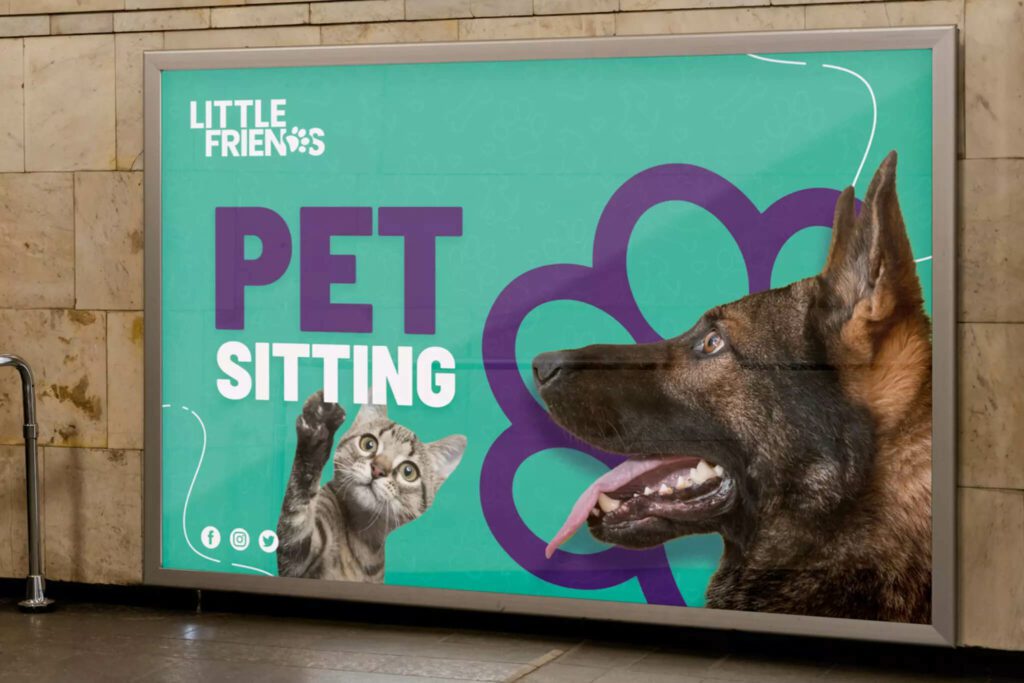
Next comes the question of understanding whether your content strategy is actually working in favor of this particular goal. In other words, identifying the metrics to track to understand whether your content is building awareness.
- Post impressions are a good KPI if you are monitoring on social media.
- Social shares as well as brand mentions count too!
- In terms of video content, the views can be a strong indicator.
- Finally, keep an eye on the brand name searches!
KIMP Tip: Irrespective of the content type you choose, if the goal is to build awareness, ensure that your brand name and logo as well as your brand colors are prominent in your design.
2. Boosting brand recognition – carving a niche for your brand!
By building brand awareness you ensure that your brand gets noticed in a crowded market. But what comes after this is even more crucial and that’s why it is one of the most important goals when building your content strategy.
We touched upon aspects like brand tone of voice and visual identity in our previous section but these elements take an even firmer role in this particular goal of your content strategy. Because when you have a clear and distinguishable identity, it becomes easier for your customers to recognize your brand and connect with it.
Tips to create content that boosts brand recognition
To boost brand recognition, you need content that depicts your brand’s persona and communicates the brand values so that people identify with it on a more personal level. In other words, you are giving strong reasons for your customers to trust your brand and invest in it.
Visuals make a huge impact when it comes to boosting brand recognition because they communicate your brand’s story in a language your customers understand well. Moreover, through well-planned visuals, you can evoke all the right emotions and therefore nurture stronger bonds with your target audience.
Take videos for example – behind-the-scenes videos that establish your brand’s authenticity can help achieve this content strategy goal. Additionally, it’s crucial to create designs that resonate with your brand’s tone of voice. Because with the first content strategy goal helping you put a face to your brand, this second goal helps add a voice and further humanize your brand.
Another major factor that helps boost recognition is consistency. When you prioritize brand recognition as the goal, your content strategy should be optimized to consistently represent your brand across various digital and offline channels.
Take the below designs for example. Can you instantly tell that they are both from the same brand? One is a social media design and the other is a flyer. Visual coherence like the one you see here will help build familiarity and boost recognition.
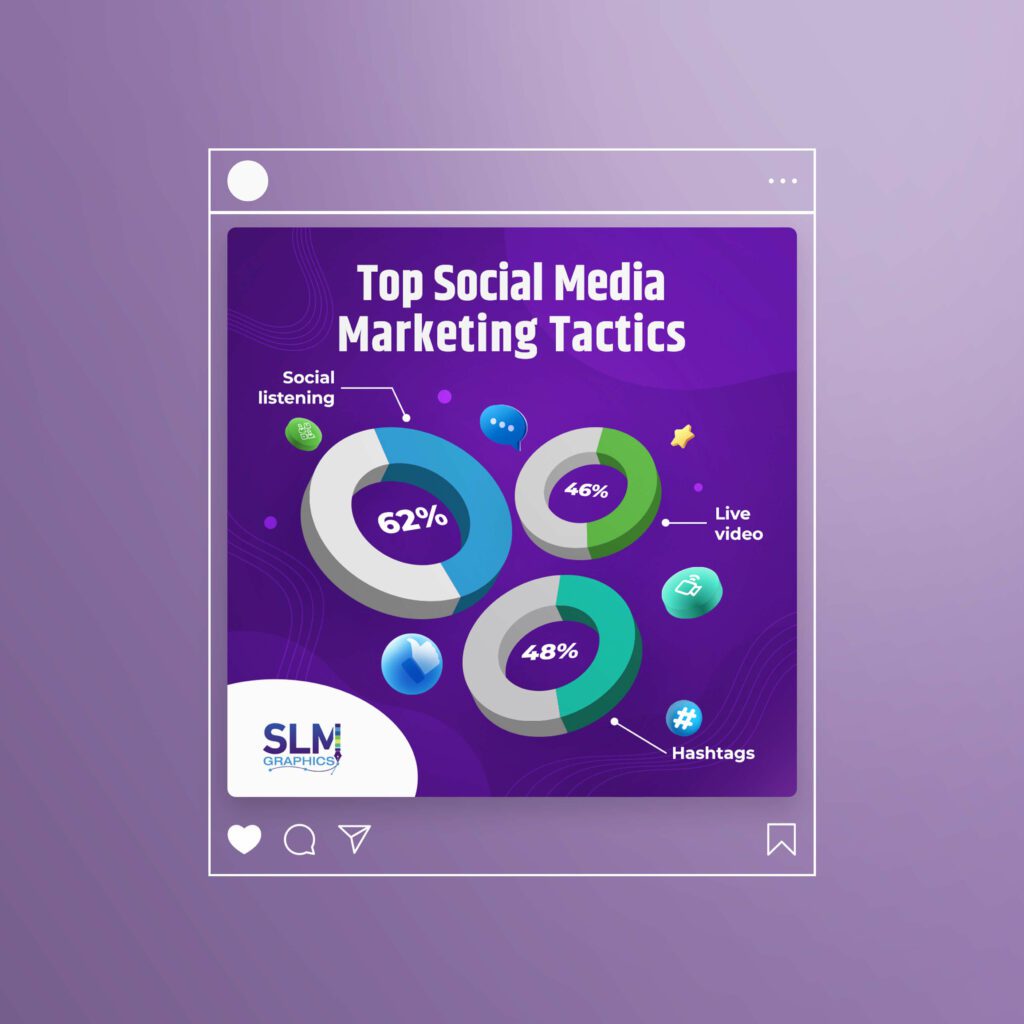
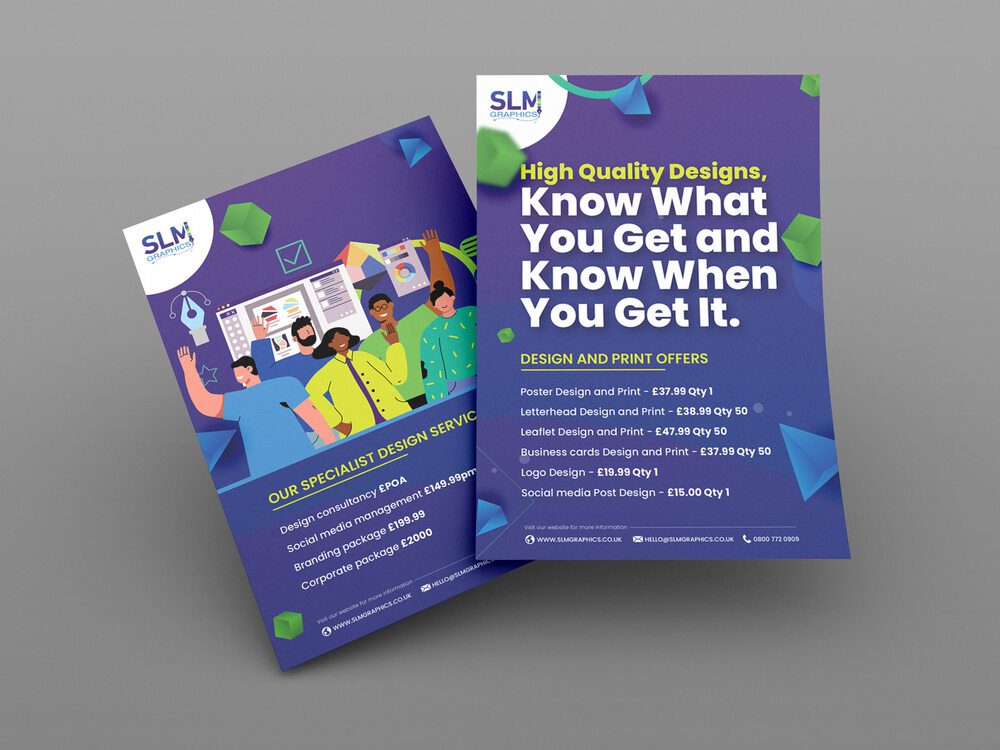
Sentiment analysis, sources of web traffic, and click-through rates on your ads and emails are a few ways to evaluate whether your content strategy is optimized for the goal of boosting brand recognition.
3. Driving more website traffic – navigating the competitive web landscape
So, you’ve made your target audience familiar with your brand’s name, your offerings, and your values – now it’s time to bring them to the space where they can delve further into your brand. A space where they can move on to the next step in the sales funnel and make a purchase – your website!
Your website is often your digital store – a place where all your marketing efforts converge. So, driving more website traffic is undoubtedly one of the most important goals to focus on when working on your content strategy.
To achieve this goal, your focus is on web SEO and social SEO. Let’s now look at a few quick tips to optimize your content strategy for this goal.
Tips to create content that drives more website traffic
First, web SEO. Blogs are some of the most popular content formats prioritized in a content strategy when the goal is to drive web traffic. A thorough keyword analysis is a good place to begin. Once you know the keywords to focus on, then comes creating blogs and informational posts optimized for the respective keywords.
Adding custom blog images including infographics and shareable illustrations adds more value to your blog and also helps your post rank well in Image Search. Take the below infographic for example. By adding a custom infographic like the one below you increase the chances of standing out in Image Search. Furthermore, you also increase the chances of convincing users to visit your website for more information.
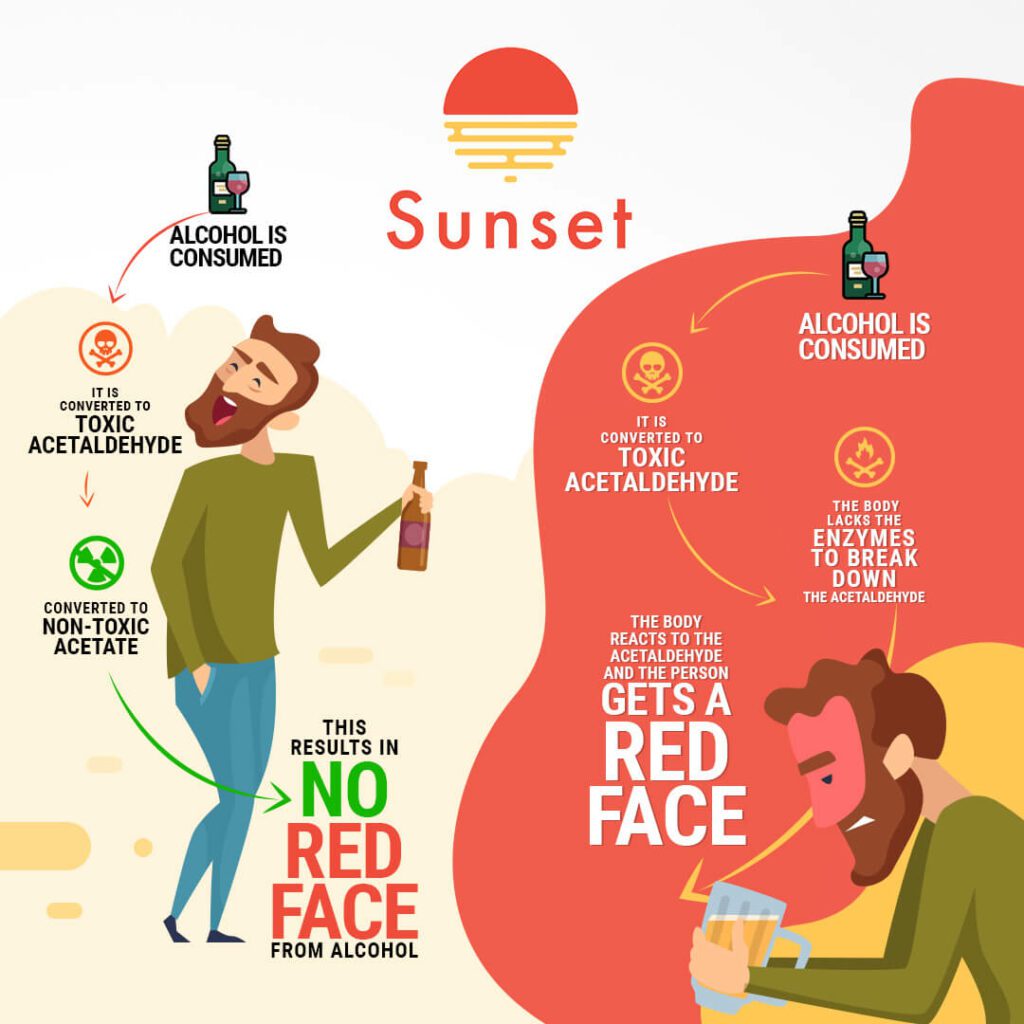
Let’s now talk about social SEO.
- Ensure that you add relevant keywords to your post captions, the right hashtags, topics (for Instagram Reels), image alt text, and keywords in the title (for YouTube videos).
- Additionally, optimize the profile section by adding keywords in the Bio or About section of your page.
Then the content that your target audience discovers should convince them to visit your business page and eventually visit your website as well. Informative social media posts, and educational videos with a clear CTA are pivotal to achieving this.
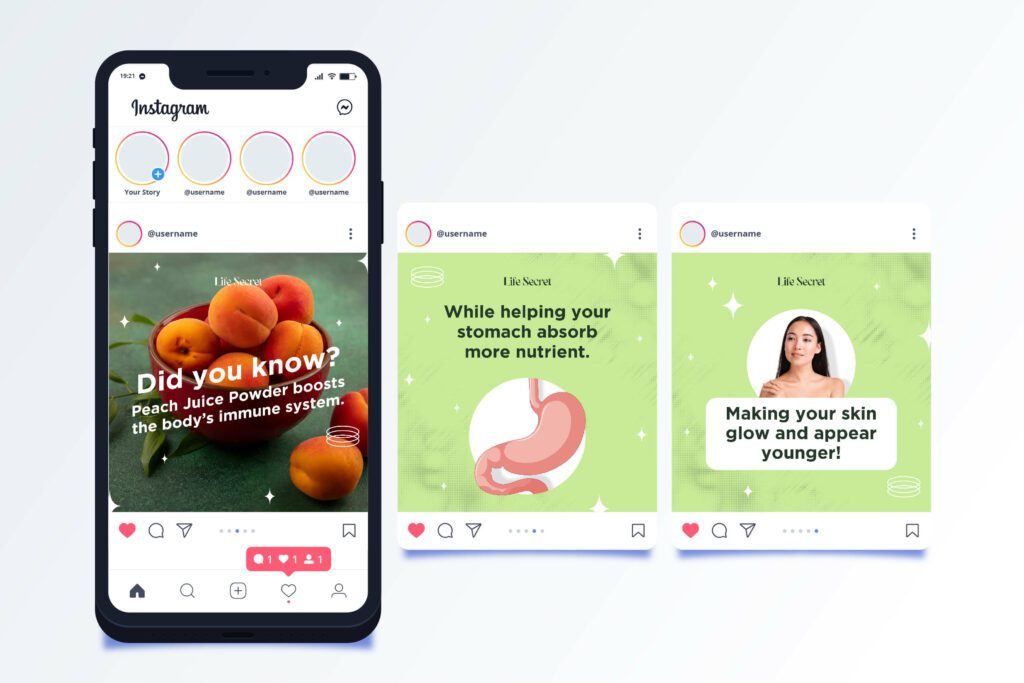
KIMP Tip: In addition to creating catchy visuals for your social media page, you also need your business page to look professional with respect to the profile picture, banner images (on LinkedIn, Facebook, and YouTube), and cover images on Instagram Story Highlights. Cohesive visual styles, fonts, and colors help build credibility. This credibility convinces users to take the next step and visit your website to transact with your business.
Need help creating consistent social media aesthetics for your brand? Get KIMP!
4. Generating leads – turning interest into opportunities
The next most important content strategy goal that brands should focus on is generating leads. We spoke about bringing visitors to your websites. Naturally, you do not want these visitors to casually browse and quit. The efforts that went into your content strategy until this stage turn fruitful only if these visitors are converted to leads who can then become customers.
So, your content strategy should include a solid plan for content that convinces users to share their contact information and register their interest. These leads later become the foundation for building relationships, providing targeted information, and ultimately converting them into paying customers.
Tips to create content that generates leads
In-depth surveys and reports, ebooks, whitepapers, and case studies are a few examples of website content that businesses should include in their content strategy in order to generate more leads.
On social media, these can be in the form of polls and interactive quizzes posted on Instagram and Facebook Story. Or even posts that encourage customers to visit a lead capture landing page to obtain further information or register to gain access to downloadable content. In such cases, you need crisp on-point visuals that instantly communicate the value proposition.
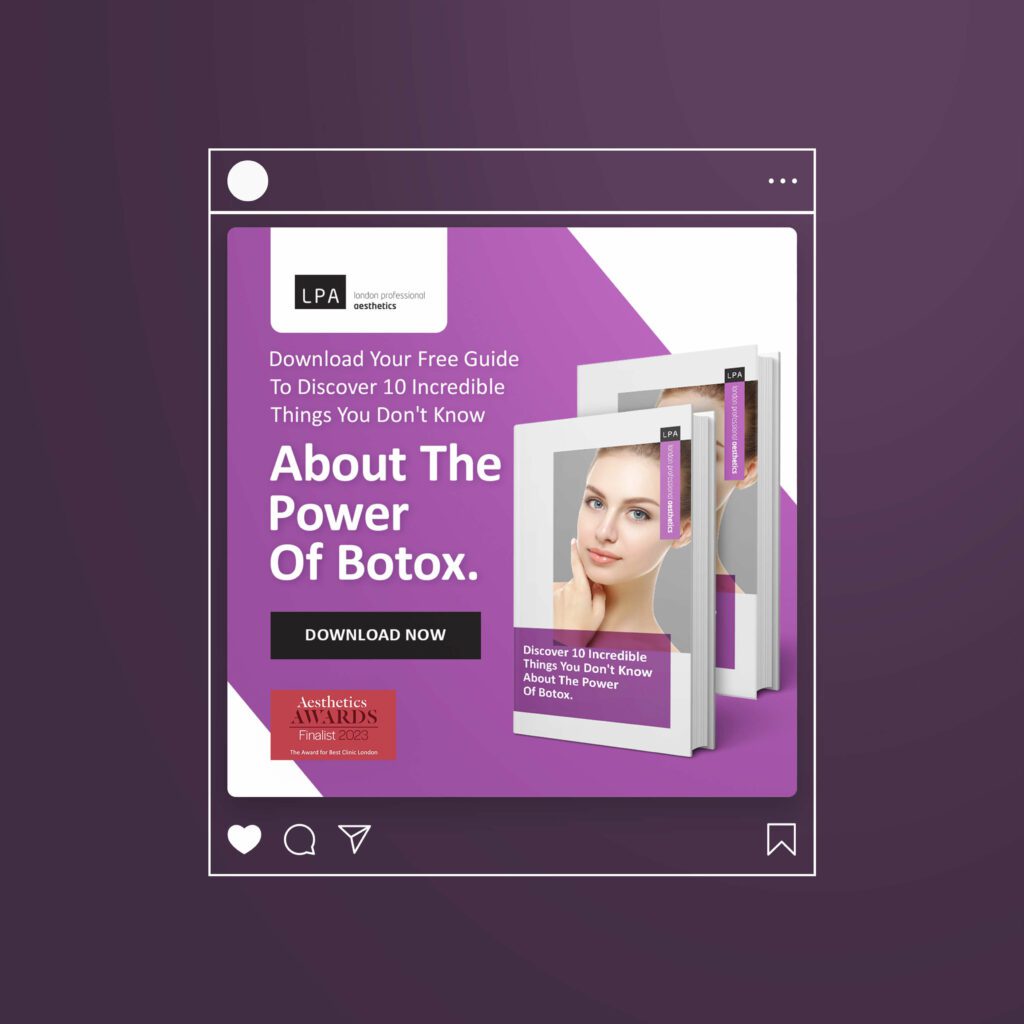
5. Generating more sales – convert engagement into revenue
Beyond awareness, recognition, website traffic, and lead generation, there lies the ultimate goal of generating sales. And your content strategy should definitely have room for this goal! Achieving this involves the strategic alignment of your content with the customer’s journey. Understand the content marketing funnel to personalize the experience for every customer.
Tips to create content that boosts sales
There are various types of content that help in achieving this content strategy goal – like product demo videos, comparison videos, customer testimonials, and personalized emails with exclusive offers.
Welcome emails with special discount codes as well as cart abandonment emails with limited-time discounts are also good examples of content that helps increase sales.

To understand whether you are achieving this content strategy goal with your current content reserve, monitor the average order value, sales conversion rates, ROI on your marketing spending, and other parameters.
Refine Your Content Strategy With a Strong Plan For Your Visual Content
When it comes to content marketing, the lack of a clear content strategy is one of the biggest challenges that nearly 25% of content teams face. Identifying your goals is undoubtedly one of the foundational steps to building a strong content strategy. The five goals we discussed in this blog are a good starting point.
They also serve as guiding principles to ensure that every piece of content you create for your brand contributes meaningfully to your overarching business objectives. Given that this is a visually-driven era, visual content is a powerful tool in helping you achieve each and every one of the goals discussed here. In short, visual content is an indispensable component in every business’s content strategy.
So, how will you tackle this ever-growing need for visuals? Well, an unlimited design subscription that lets you create unlimited designs at a flat monthly fee is a cost-effective option to begin with.
Want to know more about KIMP’s unlimited design plans? Book a one-on-one call with our team today! Or register now for our free 7-day trial!